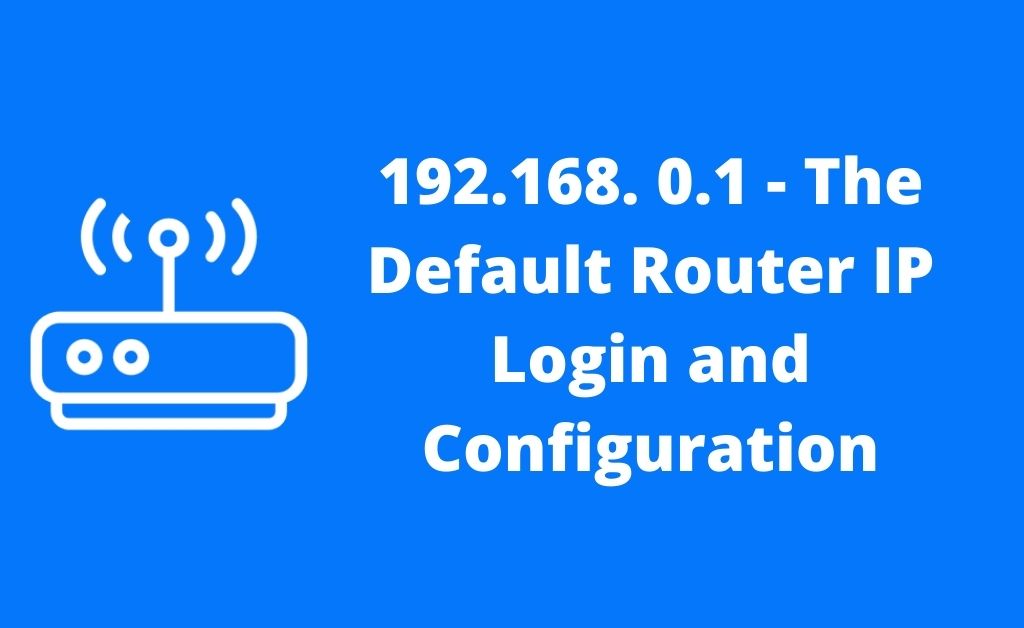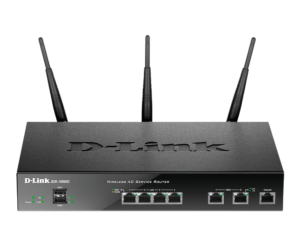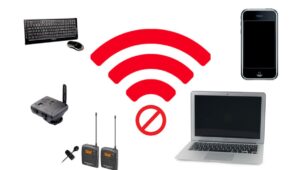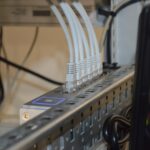Mostly, D-link, TP-Link and NETGEAR use 192.168.0.1 as a private address in their routers. You might think that it is the standard IP address, but actually, it is not. No one can access this address apart from you. When you establish a connection, this private IP address will communicate with the public addresses for transmitting data.
It seems that you have a router that is manufactured by D-Link, TP-Link or NETGEAR. So, the general configuration process is more or less the same for all of these routers. You will come to know about the details soon. In addition to that, here are the details of the built-in features of the router that you can access only with the IP address.
Login with 192.168. 0.1
Without the dedicated IP address, you cannot access the login page and the router’s dashboard. So, open any browser on your computer or mobile device. Type 192.168.0.1 in the address bar and press Enter. The login page will appear. Mostly in D-Link, TP-Link and NETGEAR, there are no default login username and password assigned. In such cases, you simply have to click on the “Login” button. The router’s dashboard will appear.
The Configuration Process in Details
It’s obvious that the main configuration process, i.e. to input the network data, setting up SSID and password are the same. But, the router’s user interface is different in D-Link, NETGEAR and TP-Link. So, let’s get on to the details of the user interface along with the configuration process.
D-Link
After you log in with 192.168.0.1, the router’s user interface will assist you with few instructions. Carefully read them. Click on “Next” to proceed. After that, the device will detect the internet connection. Wait for a few seconds until the detection is complete. When the router detects the network connection, once again, click on “Next”. A list of options with radio buttons will appear. If you are using a dynamic IP address, then click on DHCP Connection. And, for static IP address, click on Static IP Address Connection.
The static IP address needs no configuration as it is done automatically. Regarding the DHCP, you have to proceed with the help of the “Next” button. If any router username and password is available, place them in the correct place to move on to the configuration window. After that, place all the network data along with an SSID and router password. Lastly, set up the timezone and finish the process.
TP-Link
Connect the TP-Link router with your computer after plugging in the WAN cable. Run any browser and type 192.168. 0.1 or tplinkwifi.net. When the login page appears, click on “Login” to reach the quick setup page. Follow all the on-screen instructions to complete the quick setup. After that, assign an SSID and router password. When you reach the main router dashboard, all the options will be present on the left-hand side of the window.
Navigate to “Internet” and select the “PPPoE” as the connection type. Then, select the clock rate, either 2.4 GHz or 5 GHz, depending upon the internet connection you have. Proceed to the next section for applying the network credentials. After saving the changes, update the router’s firmware, and you are all set to access the network.
NETGEAR
When you open any browser on your computer, you need to type 192.168.0.1 or routerlogin.net in the address bar. In all the NETGEAR routers, the login ID is admin, and the password is “password”. The login credentials are case-sensitive, so you need to be careful. When the router’s user interface appears, click on “Advanced” and go to the setup wizard. After that, re-enter the user ID and password. Follow the on-screen instructions and input all the network data for a dynamic internet connection. Lastly, set two security questions, update the firmware and finish the task.
What about Mobile Applications?
NETGEAR Nighthawk is a mobile application that is compatible with a few NETGEAR routers. The application is available in both Play and AppStore. Android users will get it from the PlayStore. Apple device users will get it from AppStore. After you install the application, enter 192.168. 0.1 to connect to the router. With the help of the application, you can regulate the functions and features of the router. Moreover, you can create a guest account, set up parental controls, change the Wi-Fi password and many more.
Resolving the Router Issues
If you keep the firmware updated, then you might not face issues with the router. The probability is less, but it doesn’t mean that your device is free from errors. Don’t worry; there are solutions. If you face network problems, login page not working, IP address not working, and others, opt for the reset process. The reset button will help you to do that. In case of hardware issues, seek help from professionals.







